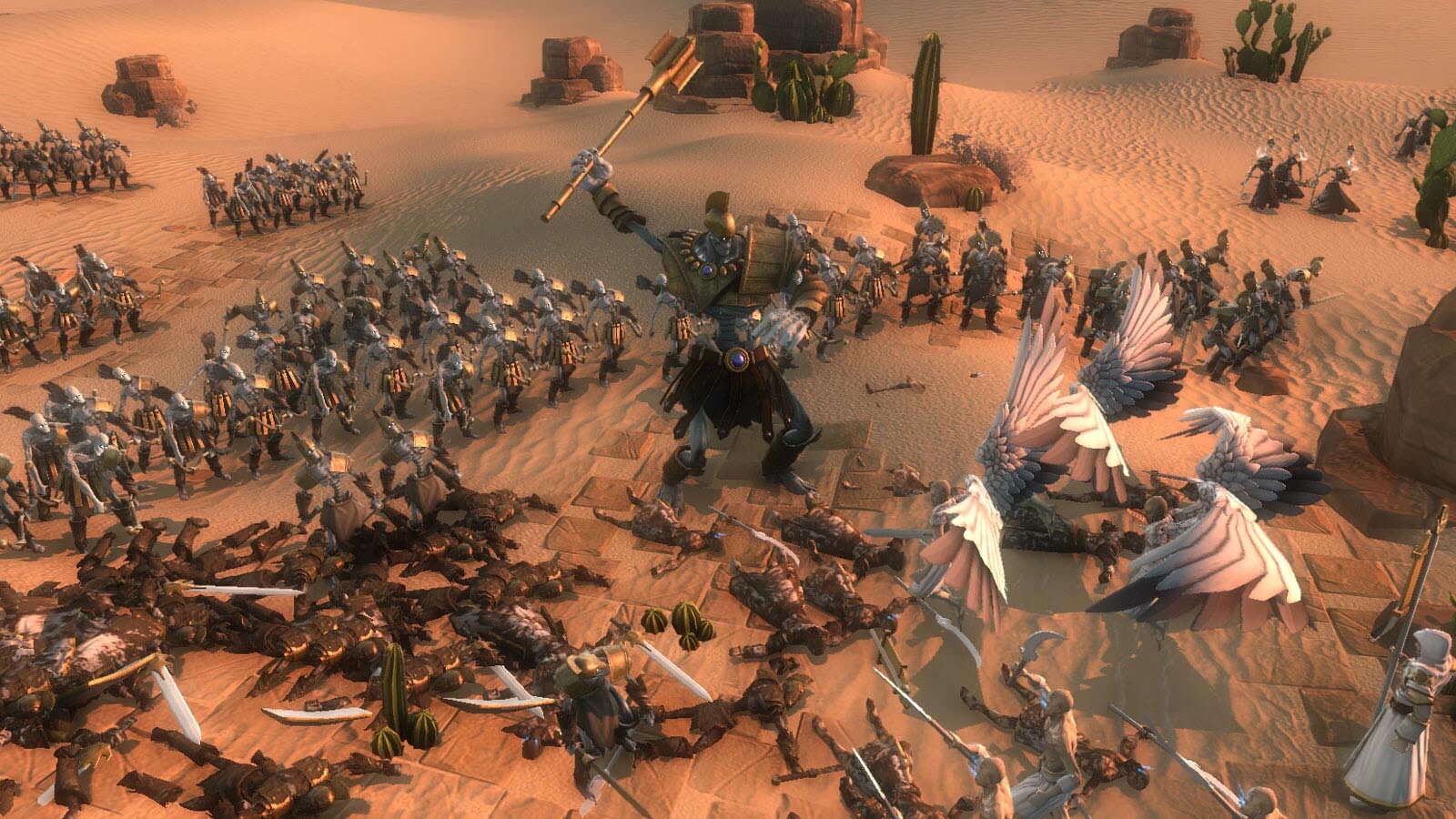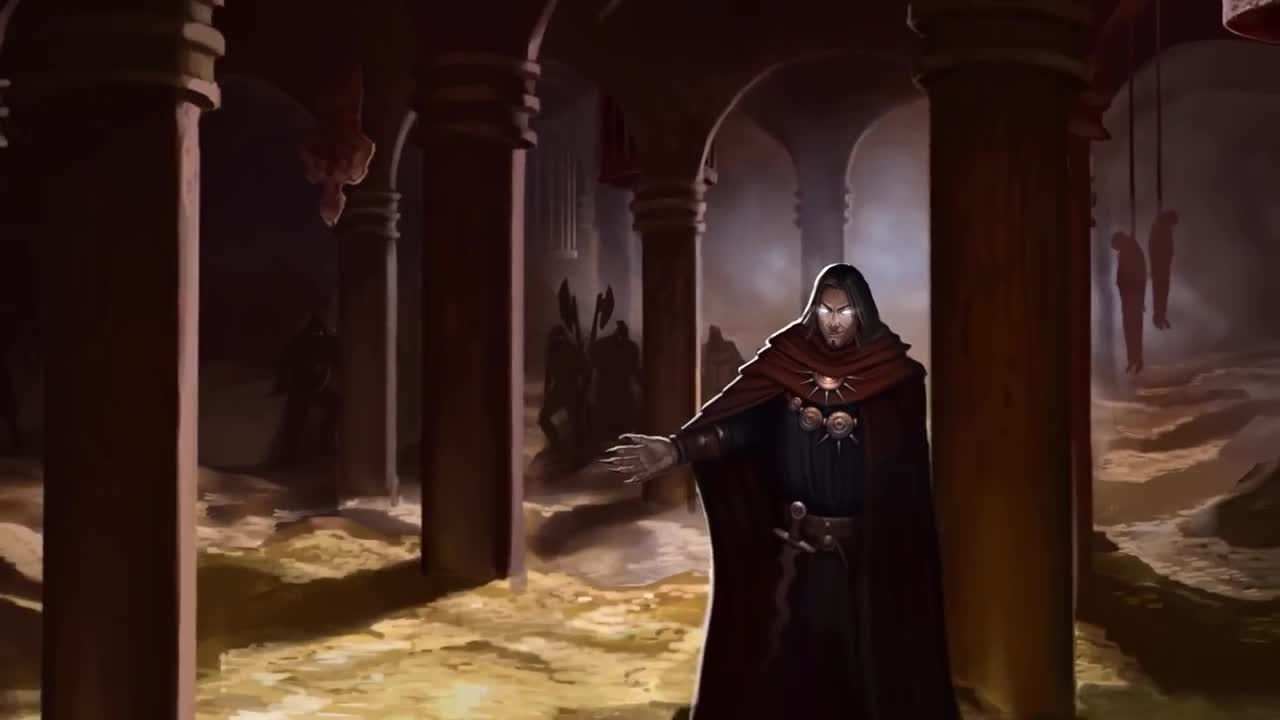

When your army is big enough and you’ve learned a bunch of combat spells and global spells, you can start conquering the map. Sometimes it would have been nice if training your units and building up towns and infrastructure went by a bit faster so you could get down to attacking your enemies, which is what all that is for anyway. The goal of the game is have you working out a new strategy move by move, rethinking your approach, and constantly applying what you learn, and this is something the game succeeds at from the get-go. While all this is going on, you’ll already be planning your tactics for the next few rounds. The hours fly by as you wait glued to the screen to see what your enemies’ next moves will be – you’re usually fighting against several allies of the Coalition or the elves at one time. So then again, this keeps things fair, and the balance is well justified. I guess that if the developers had made the AI a bit more aggressive, or more “clever”, the game would have probably been more frustrating than fun. Of course, if they didn’t do this, they could destroy several towns and units in just a few moves, maybe even decide the game in their favor. Even when they have superior numbers and are clearly at an advantage, sometimes the enemy retreats for no apparent reason. On the other hand, this is also where I can offer the first bit of criticism. Sometimes the AI is really clever and will immediately exploit even the slightest weakness or the smallest mistake. But even on easy, if you don’t think strategically and use careful tactics, you’ll soon find yourself overrun by enemies. After learning this painful lesson myself, I had to completely rethink my strategy, and wouldn’t you know, the map was all of a sudden relatively easy to master. There’s nothing more annoying than having to give up a nine-hour session because you overestimated yourself and couldn’t be bothered to save regularly. The saying “save often, save early” is as old as the computer gaming industry itself, and you should definitely take it to heart playing Age of Wonders III.

After the second map, even veterans will recognize that the “hard” setting could easily be called “nightmare”, “torment” or “ridiculously hard” in other games. Of course, that’s where the training wheels come off. After the first map, players new to the genre will understand how things work just as well as hardened veterans do. Despite all this, the game is actually pretty accessible due to its intuitive controls and straightforward graphical user interface. There are over 250 different units in all, as well as countless spells, weapons, armor, and building types. But this doesn’t hurt the game itself, which is all about building towns, exploring the map, and training units to bring your enemies to their knees.Īs I mentioned above, the scope of the game is enormous. The storyline is actually pretty irrelevant, and you’ll probably forget about it after the mission briefing is over. The game’s two campaigns spanning five different maps give players the chance to determine the fate of the world’s races and eliminate their enemies. This alliance of humans and dwarves is now attempting to conquer the last remaining corners of the continent of Athla.

The massive scope of the game easily guarantees over 50 hours of turn-based strategy, much of it at a very high level.Īge of Wonders III features a classic high fantasy setting – the Elven Court is at war with the superior forces of the Commonwealth Empire. After 11 years, Dutch developer Triumph Studios has brought out the third installment in the Age of Wonders series, a 4X turn-based strategy game in the vein of genre titans like Might & Magic and Civilization, though that doesn’t mean it won’t end up becoming a classic in its own right.


 0 kommentar(er)
0 kommentar(er)
